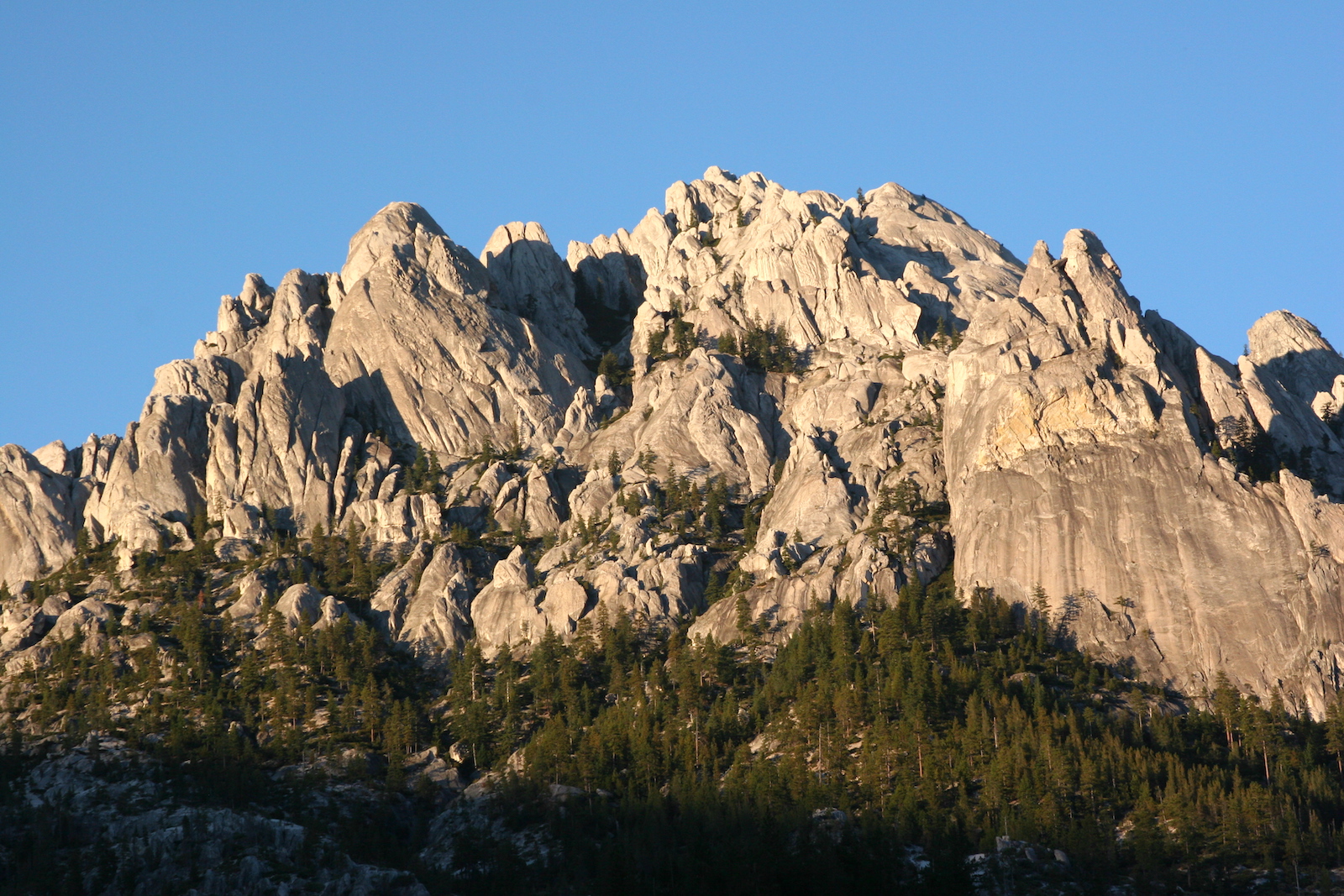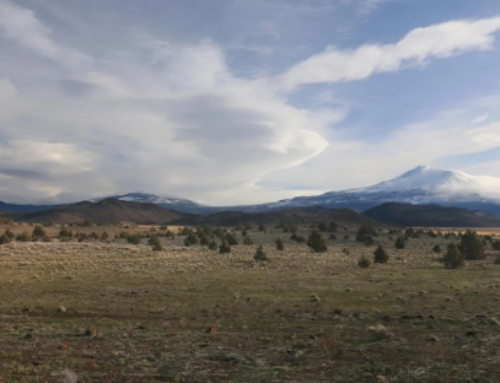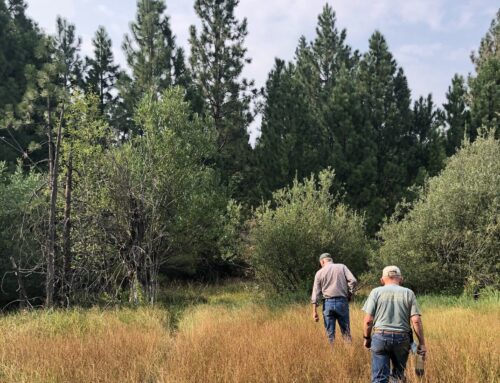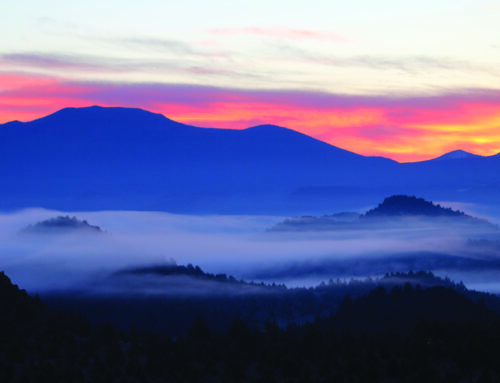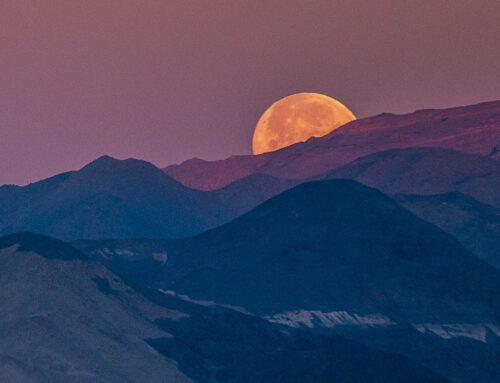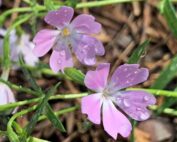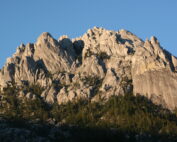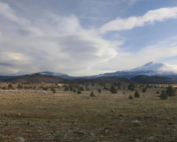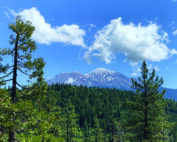On Thursday evening, June 18, SLT hosted an online webinar with geologist Bill Hirt exploring the geology of the Klamath Mountains.
1 hour 10 minute video: 5 minute introduction by SLT’s executive director Renee Casterline, 45 minutes for Dr. Hirt’s presentation, then an additional 24 minutes answering questions that were posted during the talk.
Additional Resources
Bill’s links to USGS publications on the Klamath Mountains are found here: https://sierracascade.wordpress.com/overview/instructional-resources-klamath-mountains/
The Klamath Mountain range in far Northern California and southwestern Oregon is one of the wildest places on our nation’s Pacific Coast, with spectacular animals, plants and an absolutely unique geography. For millions of years dense slabs of oceanic rock have been sinking beneath the western margin of North America. In northern California and southern Oregon, however, parts of some of these sinking plates resisted the downward force and instead were added to the continent as a series of accreted terranes. This became the bedrock of the Klamath Mountains.
Some of the rocks that built the Klamaths traveled thousands of miles across the Pacific, often as chains of volcanic islands that were formed in the tropics. Today’s limestones and marbles in the range began as coral reefs. The land was repeatedly uplifted, folded, and sheared by faults that brought peridotite and serpentine from Earth’s mantle to the surface. At the same time, molten magma rose buoyantly from deep in the crust and solidified to form the granites we see exposed today at places like Castle Crags and Russian Peak. This wide variety of rocks, and the soils and landscapes that have evolved from them, add to the range’s stunning biodiversity and complexity!
The history of the Klamath Mountains is a compelling story and there’s no one better suited to share it than retired College of the Siskiyous instructor Bill Hirt. Dr. Hirt studied geology at UCLA, earned his Ph.D. at U.C. Santa Barbara, and joined the faculty at College of the Siskiyous in 1991. When asked why people might be interested in geology, Hirt responded, “As a friend of mine says, ‘Geology is the base layer of the natural world.’ If we want to understand how environmental changes that are underway today compare with those that have occurred in the past – and how current changes may play out in the future – geology can offer important insights.”
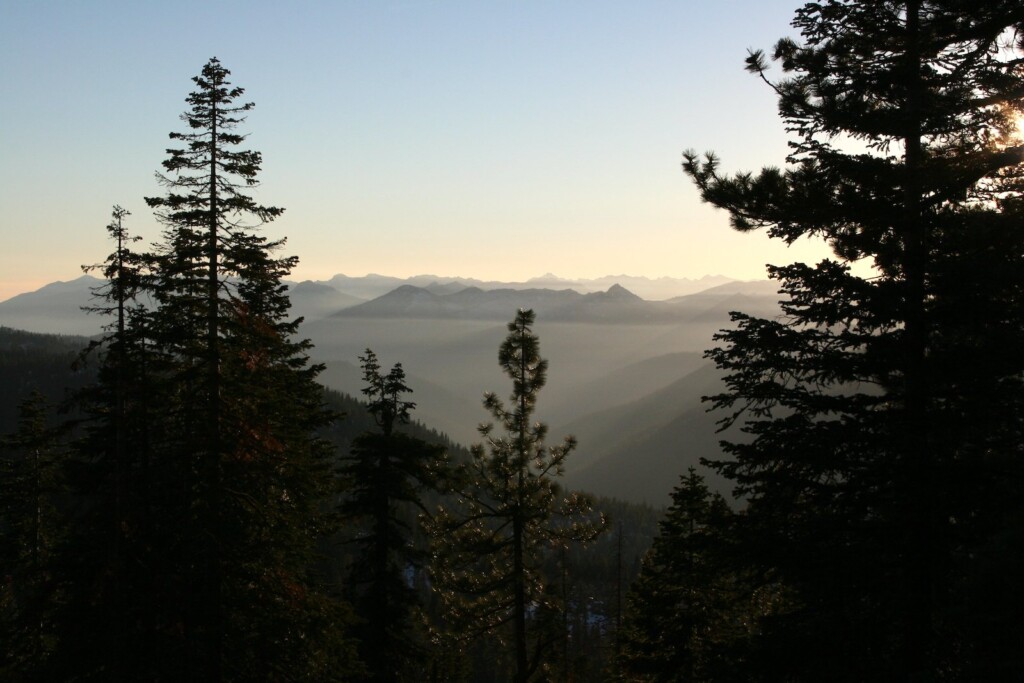 This webinar from Siskiyou Land Trust was the third in our series of Spring 2020 online Zoom webinars. It’s a special hour with Bill Hirt and the amazing geology of our part of the world. We promise it will enrich every exploration you will come to make in Scott Valley, Mount Eddy, the Marble Mountain wilderness, and down the Klamath River.
This webinar from Siskiyou Land Trust was the third in our series of Spring 2020 online Zoom webinars. It’s a special hour with Bill Hirt and the amazing geology of our part of the world. We promise it will enrich every exploration you will come to make in Scott Valley, Mount Eddy, the Marble Mountain wilderness, and down the Klamath River.
